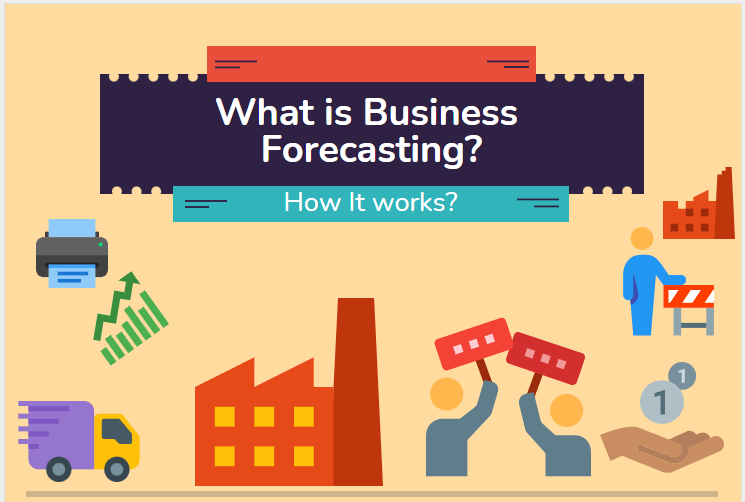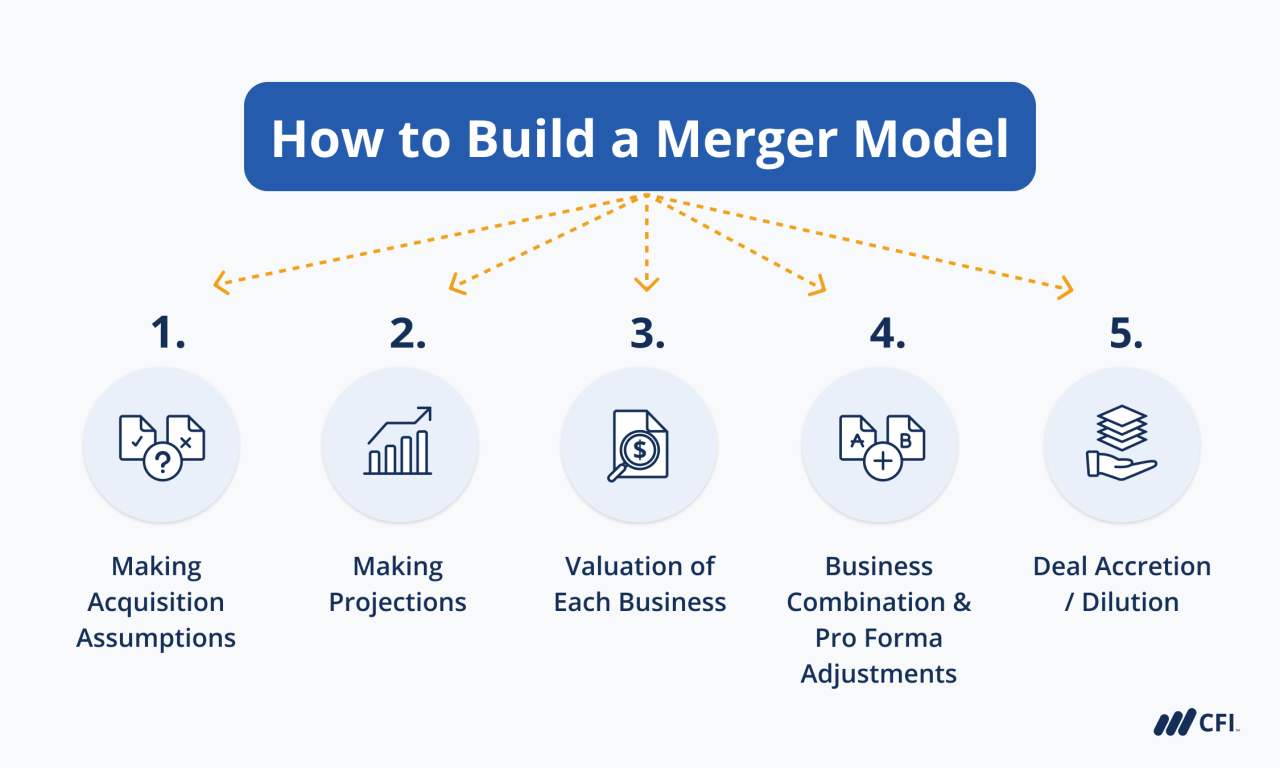Business Growth Forecasting Techniques
As Business growth forecasting techniques takes center stage, this opening passage beckons readers into a world crafted with good knowledge, ensuring a reading experience that is both absorbing and distinctly original.
In the realm of business, growth is the lifeblood of success. To navigate the ever-changing landscape, businesses must possess the ability to forecast their growth trajectory accurately. Enter business growth forecasting techniques, a powerful arsenal of methods that empower businesses to make informed decisions and chart a course towards sustained prosperity.
Business Growth Forecasting Techniques

Business growth forecasting is the process of predicting future business performance based on historical data and current trends. It is an important tool for businesses of all sizes, as it can help them to make informed decisions about their future operations. There are a number of different business growth forecasting techniques available, each with its own advantages and disadvantages.
Types of Business Growth Forecasting Techniques
There are a number of different business growth forecasting techniques available, each with its own advantages and disadvantages. Some of the most common techniques include:
- Time series analysis: This technique uses historical data to identify patterns and trends that can be used to forecast future performance.
- Econometric models: These models use economic data to forecast future business performance. They are often used by businesses that are heavily influenced by economic factors.
- Judgmental forecasting: This technique uses the opinions of experts to forecast future performance. It is often used when there is limited historical data available.
Quantitative Business Growth Forecasting Techniques
Quantitative business growth forecasting techniques use historical data to make predictions about future growth. These techniques are based on the assumption that past performance is a good indicator of future performance. Quantitative forecasting techniques can be divided into two main categories: time series analysis and causal analysis.
Time Series Analysis
Time series analysis is a statistical technique that uses historical data to identify patterns and trends. These patterns can then be used to make predictions about future growth. Some common time series analysis techniques include:
- Moving averages
- Exponential smoothing
- Autoregressive integrated moving average (ARIMA)
Time series analysis is a relatively simple and straightforward technique that can be used to make accurate predictions about future growth. However, it is important to note that time series analysis is only as good as the data that it is based on. If the historical data is incomplete or inaccurate, then the predictions will also be inaccurate.
Causal Analysis
Causal analysis is a statistical technique that uses historical data to identify the relationship between different variables. These relationships can then be used to make predictions about future growth. Some common causal analysis techniques include:
- Regression analysis
- Factor analysis
- Discriminant analysis
Causal analysis is a more complex technique than time series analysis, but it can be more accurate. This is because causal analysis takes into account the relationship between different variables, which can provide a more complete picture of the factors that are driving growth.
Strengths and Weaknesses of Quantitative Forecasting Techniques
Quantitative forecasting techniques have a number of strengths and weaknesses. Some of the strengths of quantitative forecasting techniques include:
- They are relatively simple and straightforward to use.
- They can be used to make accurate predictions about future growth.
- They can be used to identify the relationship between different variables.
Some of the weaknesses of quantitative forecasting techniques include:
- They are only as good as the data that they are based on.
- They can be difficult to use to make predictions about future growth in a rapidly changing environment.
- They can be expensive to use.
Qualitative Business Growth Forecasting Techniques
Qualitative business growth forecasting techniques rely on subjective judgments, expert opinions, and market research to predict future growth. These techniques are often used when historical data is limited or unreliable, or when the business environment is rapidly changing.
There are several qualitative business growth forecasting techniques, including:
- Delphi method: A structured process that involves multiple rounds of questioning and feedback to elicit expert opinions.
- Scenario planning: A process that involves developing multiple scenarios based on different assumptions about the future.
- Market research: A process that involves collecting data from customers and potential customers to understand their needs and preferences.
- Salesforce composite: A process that involves collecting forecasts from the sales force.
- Executive opinion: A process that involves gathering forecasts from top executives.
Advantages of Using Qualitative Forecasting Techniques
Qualitative forecasting techniques offer several advantages, including:
- Flexibility: Qualitative forecasting techniques can be adapted to a wide range of situations.
- Timeliness: Qualitative forecasting techniques can be conducted quickly and inexpensively.
- Incorporates expert knowledge: Qualitative forecasting techniques can incorporate the knowledge and experience of experts.
Disadvantages of Using Qualitative Forecasting Techniques
Qualitative forecasting techniques also have some disadvantages, including:
- Subjectivity: Qualitative forecasting techniques are subjective and can be influenced by the biases of the forecasters.
- Accuracy: Qualitative forecasting techniques are often less accurate than quantitative forecasting techniques.
- Limited data: Qualitative forecasting techniques rely on limited data, which can make it difficult to make accurate predictions.
Examples of How Qualitative Forecasting Techniques Can Be Applied in Practice
Qualitative forecasting techniques can be used in a variety of business settings, including:
- New product development: Qualitative forecasting techniques can be used to estimate the demand for a new product.
- Market entry: Qualitative forecasting techniques can be used to assess the potential of a new market.
- Strategic planning: Qualitative forecasting techniques can be used to develop long-term strategic plans.
Factors to Consider When Choosing a Business Growth Forecasting Technique
Choosing the right business growth forecasting technique is crucial for making informed decisions and driving business success. Here are key factors to consider when selecting a forecasting method:
Matching the Technique to Business Needs, Business growth forecasting techniques
The specific needs of your business should guide your choice of forecasting technique. Consider factors such as the industry, market dynamics, available data, and the level of accuracy required. Different techniques may be suitable for different scenarios.
Accuracy Evaluation
Evaluate the accuracy of different forecasting techniques before making a selection. Use historical data to test the performance of each technique and compare the results. Consider factors such as mean absolute error, mean squared error, and root mean squared error to assess the precision of the forecasts.
Best Practices for Business Growth Forecasting
Conducting accurate and reliable business growth forecasting is crucial for informed decision-making and strategic planning. By adopting best practices, businesses can enhance the accuracy and effectiveness of their forecasting efforts.
One key best practice is to use a combination of quantitative and qualitative forecasting techniques. Quantitative techniques rely on historical data and statistical analysis, while qualitative techniques incorporate expert judgment and market insights. By combining both approaches, businesses can gain a more comprehensive understanding of growth drivers and potential risks.
Importance of Communicating Forecasting Results Effectively
Effective communication of forecasting results is essential to ensure that stakeholders understand and can act upon the insights provided. This involves presenting the results clearly and concisely, highlighting key trends and implications. Visualizations, such as charts and graphs, can help make the data more accessible and engaging.
Additionally, it is important to provide context and assumptions behind the forecast. This helps stakeholders understand the limitations and potential biases associated with the results. By fostering a collaborative dialogue around the forecast, businesses can build consensus and make informed decisions based on a shared understanding of the future.
FAQ Guide: Business Growth Forecasting Techniques
What is the significance of business growth forecasting?
Business growth forecasting provides invaluable insights into future growth potential, enabling businesses to make informed decisions, allocate resources effectively, and stay ahead of the competition.
What are the different types of business growth forecasting techniques?
Business growth forecasting techniques can be broadly classified into two categories: quantitative techniques, which rely on historical data and statistical models, and qualitative techniques, which incorporate subjective judgments and expert opinions.
How can businesses choose the right forecasting technique?
The choice of forecasting technique depends on factors such as the availability of historical data, the nature of the business, and the desired level of accuracy.







